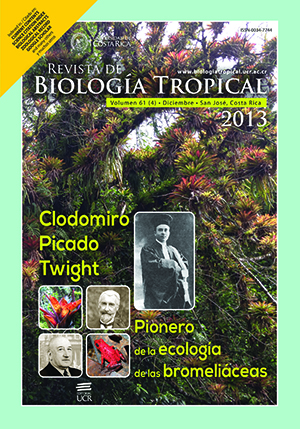Abstract
The essential role of the National Parks is to protect nature, in order to prevent the deterioration and loss of the ecosystem under protection. Very few records about the diversity of arthropods are known from Los Cardones National Park, where three eco-regions are protected: Puna and Monte eco-regions and the High Andean Grassland of the Yungas. Here, we aimed to compare the alpha and beta diversity of arthropods in these eco-regions, and to prove if sites from the same ecoregion, show greater similarity between them in their assemblages, than with sites of the other eco-regions. We also identified arthropod orders with higher species richness, and indicated the families that contribute the most to the registered beta diversity. Three sampling sites were established on each eco-region and the arthropods were sampled using pitfall traps and suction samples. We evaluated the obtained inventory through nonparametric estimators of species richness, and compared diversity among eco-regions through “diversity profiles” and “effective number of species”. Beta diversity was assessed by different methods such as the Morisita Index, nonmetric multidimentional scaling analysis, a multiple permutation procedure, and a Similarity Percentage analysis. We recorded 469 spp/morphospecies and recognized three arthropod orders (spiders, dipterans and hymenopterans) that are diverse and abundant in the Park. Besides, the diversity in Los Cardones National Park was found to be high, but it was observed higher in the High Andean Grassland of the Yungas, and lower in the Puna. The inventory obtained was good, reached up to the 81% of the species richness estimated by nonparametric estimators. Each eco-region of the park showed a very particular arthropod community that was tested by a multi-response permutation procedure. The species turnover between eco-regions was high, so that the different environments of the protected area are contributing to the maintenance of the regional diversity of arthropods in the park. The assemblages of arthropods belonging to the same eco-region sites showed greater similarity among themselves than with those of more distant sites. This represents the first attempt for biodiversity studies in these areas, but more evaluations are required to detail on the possible climate change and human impacts in the ecosystem.Downloads
Download data is not yet available.

